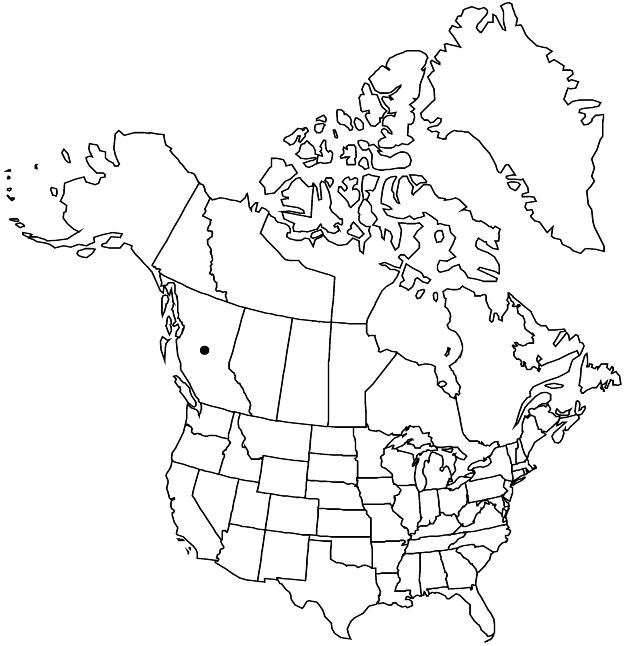Difference between revisions of "Geum schofieldii"
Canad. J. Bot. 43: 1394. 1965.
FNA>Volume Importer |
imported>Volume Importer |
||
| (5 intermediate revisions by 2 users not shown) | |||
| Line 42: | Line 42: | ||
-->{{#Taxon: | -->{{#Taxon: | ||
name=Geum schofieldii | name=Geum schofieldii | ||
| − | |||
|authority=Calder & Roy L. Taylor | |authority=Calder & Roy L. Taylor | ||
|rank=species | |rank=species | ||
| Line 57: | Line 56: | ||
|publication year=1965 | |publication year=1965 | ||
|special status=Conservation concern;Endemic | |special status=Conservation concern;Endemic | ||
| − | |source xml=https:// | + | |source xml=https://bitbucket.org/aafc-mbb/fna-data-curation/src/2e0870ddd59836b60bcf96646a41e87ea5a5943a/coarse_grained_fna_xml/V9/V9_89.xml |
|subfamily=Rosaceae subfam. Rosoideae | |subfamily=Rosaceae subfam. Rosoideae | ||
|tribe=Rosaceae tribe Colurieae | |tribe=Rosaceae tribe Colurieae | ||
Latest revision as of 23:00, 5 November 2020
Plants subscapose. Stems 13–30 cm, puberulent, hairs scattered, 0.1–1 mm. Leaves: basal 5–25 cm, blade interruptedly lyrate-pinnate, major leaflets 5–7, interspersed with 2–8 minor ones increasing in size distally, terminal leaflet larger than major laterals; cauline 1.5–4.5 cm, stipules adnate to leaf, indistinguishable from pair of lobes, blade bractlike, not resembling basal, simple, 3-fid. Inflorescences 1-flowered. Pedicels densely puberulent, sometimes glandular. Flowers erect; epicalyx bractlets 4–8 mm; hypanthium green; sepals erect to erect-spreading, 7–12 mm; petals spreading, yellow, broadly obovate to nearly orbiculate, 14–16 mm, distinctly longer than sepals, apex broadly rounded to irregularly emarginate. Fruiting tori sessile, glabrous. Fruiting styles wholly persistent, not geniculate-jointed, 7–10 mm, apex not or ± hooked, pilose only on bases. 2n = 112.
Phenology: Flowering summer.
Habitat: Rocky runnels, cliffs, rock outcrops
Elevation: 500–1000 m
Discussion
Of conservation concern.
Geum schofieldii is one of the more attractive yet seldom seen species of avens in North America; it is known from the rocky wet mountains of the Queen Charlotte Islands and northern Vancouver Island.
Because Geum schofieldii appears to be intermediate morphologically between G. calthifolium and G. rossii, some botanists have considered it to be a hybrid and included it in synonymy with G. ×macranthum [G. calthifolium × G. rossii]. The 16-ploid chromosome number (2n = 112) of G. schofieldii suggests an allopolyploid origin. Geum rossii is not known to occur in the Queen Charlotte Islands or on Vancouver Island; the plants cannot be of recent hybrid origin. Geum ×macranthum is found in the Aleutian Islands and the Alaska Peninsula where the two parental species overlap. Compared to G. schofieldii, its leaves are more pinnate than lyrate-pinnate, with 9 to 13 major leaflets instead of 5 to 7. Also, G. ×macranthum appears to be sterile; G. schofieldii appears to be fertile, suggesting that the latter is a valid species. The distinctness of G. schofieldii pollen also supports its specific status (R. J. Hebda and C. C. Chinnappa 1990).
Selected References
None.
